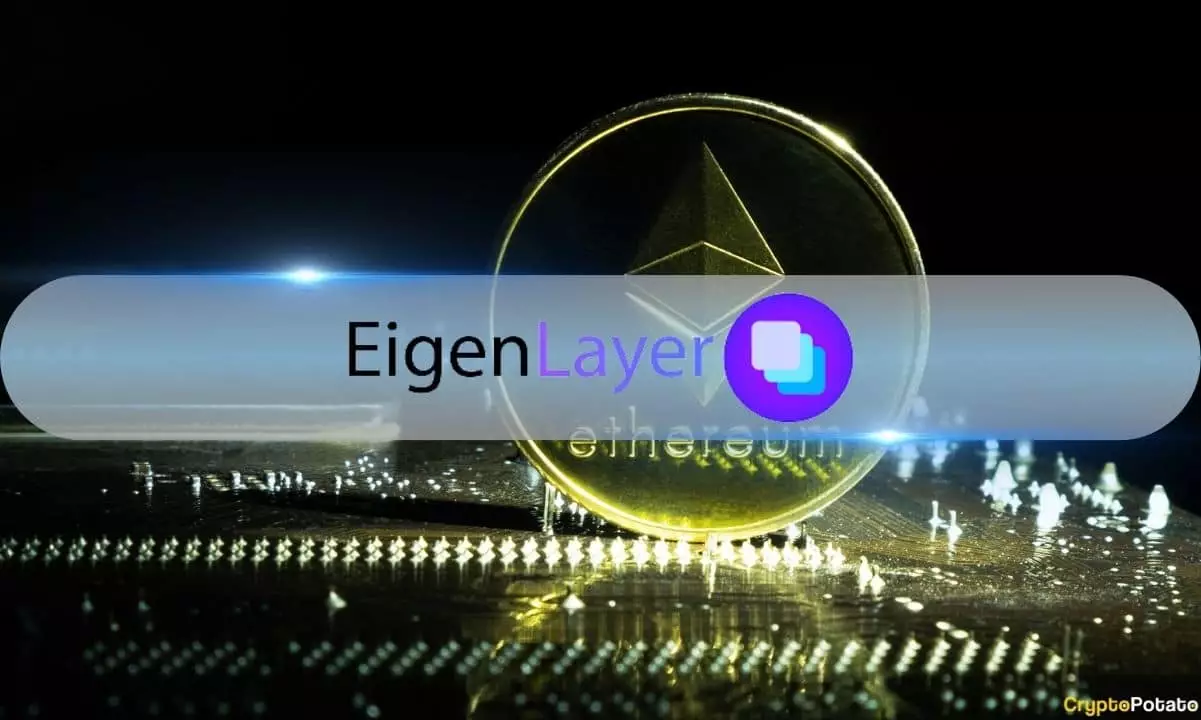EigenLayer, a pioneer in re-staking protocols on Ethereum, has recently introduced its second EigenLayer Improvement Proposal (ELIP-002), marking a significant milestone in enhancing the accountability and operational efficiency within its ecosystem. This proposal reflects the ongoing evolution of decentralized finance (DeFi) and aims to fundamentally improve the interaction between Application Verification Services (AVSs) and network operators. Through this upgrade, EigenLayer is not only reiterating its commitment to user reliability but also taking proactive steps to safeguard the integrity of its decentralized framework.
At the core of ELIP-002 is the introduction of a slashing mechanism, a punitive approach designed to deter operational failures such as computational errors and service interruptions. Slashing serves a dual purpose: it acts as an immediate deterrent against non-compliance and establishes a more profound expectation of accountability among service providers. In decentralized ecosystems, where trust and reliability are paramount, such measures can pave the way for greater stability and user confidence. The crux of the proposal encourages AVSs to enforce credible commitments by penalizing operators who fail to meet established service standards.
Additionally, the framework introduces Unique Stake, a concept that permits AVSs to tailor penalties according to the gravity of an operator’s infractions. This level of customization not only ensures that punitive measures are fair and proportionate but also reinforces the overall robustness of the ecosystem. By having the capacity to adjust stakes based on varying degrees of failures, EigenLayer is setting a precedent for operational flexibility and precision.
Complementing the slashing mechanism are Operator Sets, which facilitate the categorization of operators into manageable groups. This organizational strategy simplifies the enforcement of slashing rules, making it easier to ensure that penalties are applied consistently across diverse services. The implementation of this feature exemplifies EigenLayer’s commitment to creating a streamlined operational environment, reducing the complexity often associated with managing compliance in blockchain networks.
The enhancement proposed by ELIP-002 is a clear indication that EigenLayer is striving to meld accountability with flexibility, creating a more sustainable operational framework. Such developments are vital for fostering a culture of reliability that users can depend upon, ultimately enhancing the overall user experience within the ecosystem.
In a bid to refine the implications of ELIP-002 further, EigenLayer has put out a call for community feedback. The team’s outreach to its user base illustrates a commitment to collaborative improvement, ensuring that changes align with the needs and expectations of its community. By engaging the community in the review process, EigenLayer not only fosters transparency but also solidifies user trust, which is essential in the decentralized arena.
Positioning EigenLayer in the Wider DeFi Landscape
In light of the growing importance of restaking as a model for blockchain security, EigenLayer’s recent developments come at a time when innovative solutions are vital for fortifying decentralized applications (DApps). The protocol’s huge total value locked (TVL) of over $18 billion highlights its pivotal role within the restaking landscape. This advancement is not only beneficial for EigenLayer but also aligns with wider efforts to bolster Ethereum’s security amidst evolving challenges.
Through initiatives such as committing 1% of its EIGEN token supply to the Protocol Guild, EigenLayer demonstrates its dedication not only to its platform but to the overall Ethereum ecosystem. Such collaborative endeavors are fundamental for supporting ongoing research and development, ensuring the long-term resilience of blockchain technologies. As EigenLayer continues to navigate the complexities of the DeFi space, its focus on accountability and user trust remains at the forefront of its mission.

